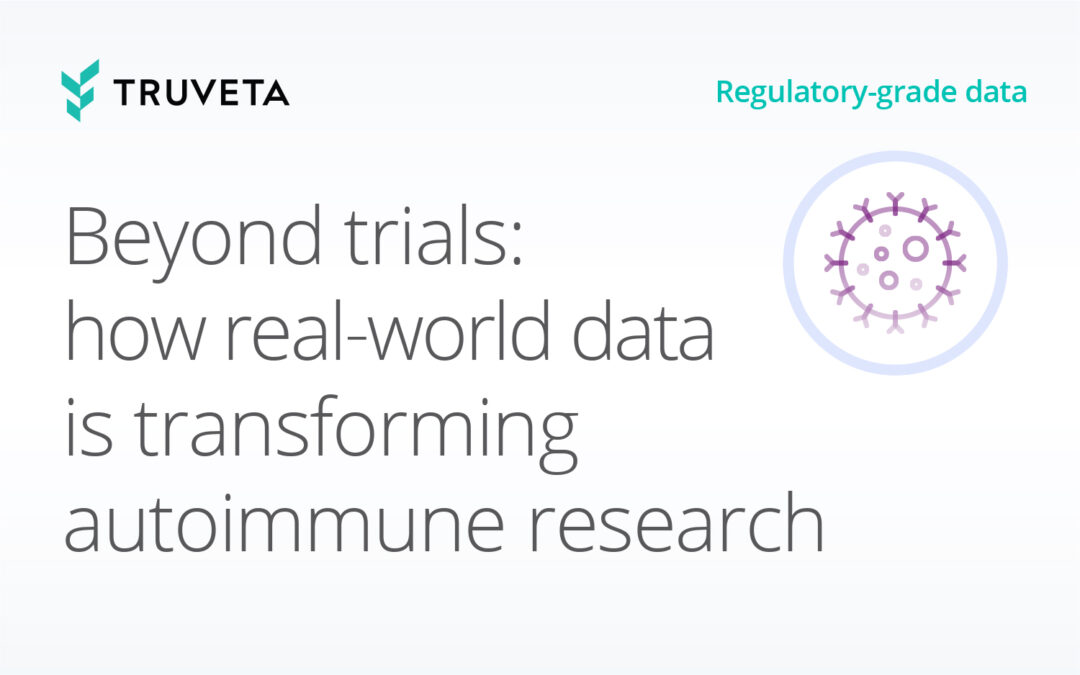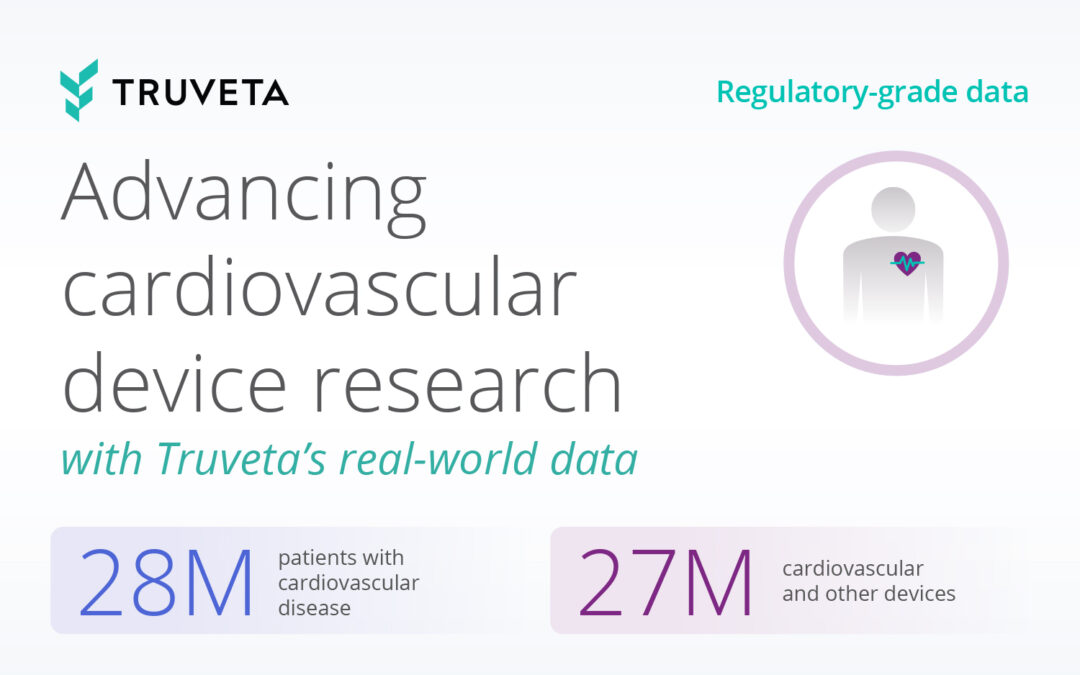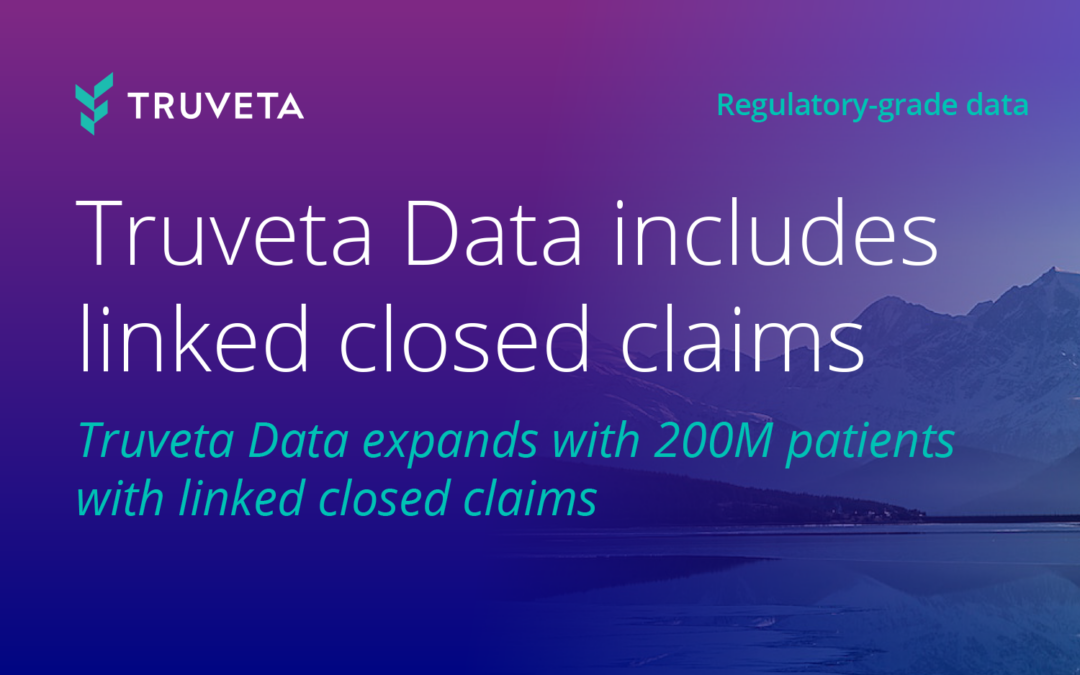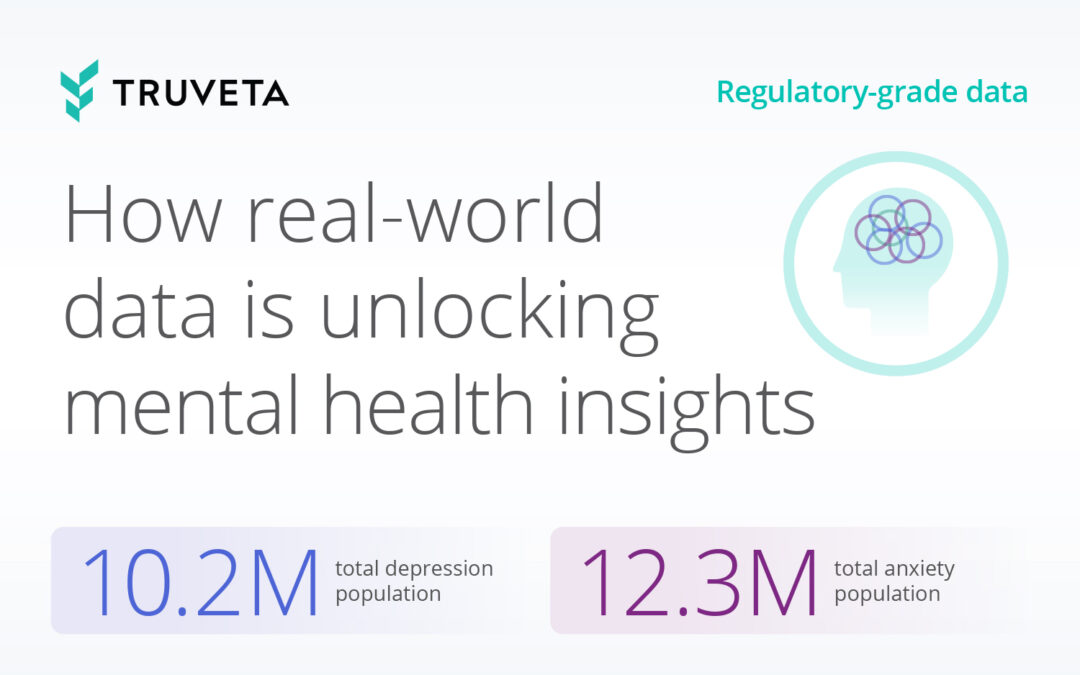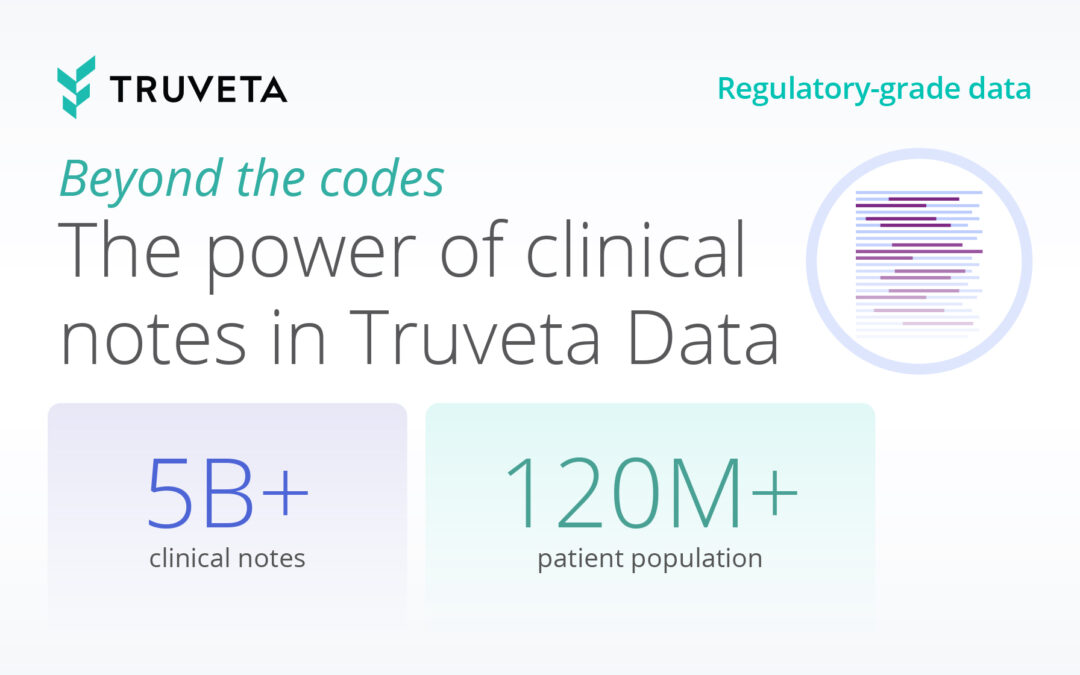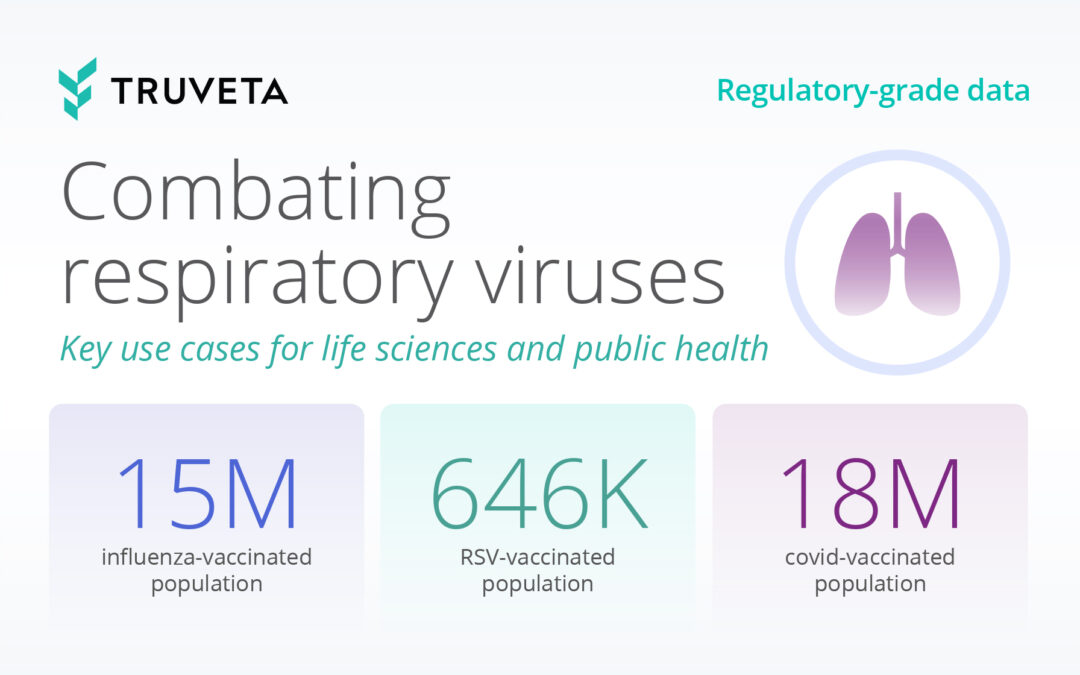
Endometriosis is a progressive inflammatory disorder in which tissue similar to the lining of the uterus grows outside the uterine cavity. It can cause severe, often debilitating pain, particularly during menstruation (a recent NIH study found that ~90% of endometriosis patients had at least one opioid prescription; that number is 69% within Truveta Data). Additional symptoms include painful urination and bowel movements, painful intercourse, excessive bleeding, and infertility.
Beyond the physical symptoms, numerous studies have shown negative impacts on educational attainment, career, social life, and mental health. The results of these studies are supported within Truveta Data, which shows 35% of the endometriosis population suffering from depression, and 28% from anxiety. Historically under-funded, there is an urgent need for more research into this condition that impacts 1 in 10 women in this country and an estimated 200 million women worldwide.
Accelerate insights with Truveta Data: Real-world data makes a difference
Access to high-quality, de-identified, patient-level data is essential for accelerating medical breakthroughs in endometriosis treatment. With Truveta’s regulatory-grade EHR data, researchers can uncover patterns, identify potential biomarkers for early detection, and develop targeted therapies by analyzing the most complete, timely, and clean EHR data available.
Truveta Data includes full patient medical records from a growing collective of more than 30 major health systems, including over 100 million patients representing the full diversity of the US. These rich data are then linked across health systems and augmented with claims, social drivers of health (SDOH), and mortality data, enabling research across all diseases, drugs, and devices.
Below, we examine the population of patients with endometriosis available for research within Truveta Data and explore the depth of information available across the patient journey. For greater detail, explore the endometriosis population directly in Truveta Studio here.

Improve diagnostics with clinician notes
Symptoms from endometriosis can appear before the start of the first menstrual period and vary based on the location and volume of endometrial tissue. With such a long path to diagnosis, women are struggling for years without effective treatment (the average age at diagnosis within Truveta Data is 41 years). Common misdiagnoses include irritable bowel syndrome (IBS), appendicitis, ovarian cysts, and sexually transmitted diseases. For such a complex and individual condition, unprecedented access to clinician notes opens a new path to discovery.
Clinician notes contain an estimated 60-80% of relevant clinical data but have required manual chart reviews to make that data available for research – until now. Every day, the Truveta Language Model (TLM) cleans billions of data points from patient electronic health records to prepare them for research. With an average of 75 notes per patient, researchers can uncover previously hidden insights into symptoms frequency and severity, family history, medication effectiveness, and more to improve diagnostic and treatment pathways.
Analyze granular de-identified patient-level EHR data
Diagnosing endometriosis requires analyzing surgically removed tissue samples. Imaging tests are often performed as an initial step but can’t confirm the condition. Once diagnosed, patients often undergo repeated surgeries (i.e., laparoscopy) to remove or destroy endometrial tissue as it continues to grow back over time. Additionally, many women undergo a full hysterectomy in an attempt to remove all endometrial tissue.
Truveta Data includes both images and actual lab values, which cannot be found in commonly used claims data. Truveta’s endometriosis population includes data from pelvic ultrasounds (208K events), laparoscopic procedures (106K events), and hysterectomies (83K events).
Explore questions about endometriosis and infertility
Up to 30-50% of women with endometriosis experience problems with fertility. Even considering these high rates, infertility is likely undiagnosed in many women with endometriosis as they may not be attempting to conceive or may not undergo the full, complex workup to receive an infertility diagnosis.
When using diagnosis codes (ICD10 & SNOMED) to study infertility with Truveta Data, the rate of infertility diagnoses among women with endometriosis is only around 6%. However, when analyzing the subset that undergo infertility workup (e.g., laboratory values for FSH/LH/AMH levels), the population percentage increases to 14%. This situation highlights the power of Truveta Data to enable researchers to study a question from multiple angles within the healthcare record. Records from clinician notes can further supplement the patient view with the ability to monitor visits to reproductive/infertility specialists.
What’s next
Thankfully, endometriosis awareness and advocacy are on the rise, and there are significant signs of progress in the study of the disease. These developments offer women with endometriosis a more promising future for managing their condition, including:
- The approval of elagolix in 2018 marked the first new endometriosis-specific medication in over a decade (40K events within Truveta Data).
- Federal research funding for endometriosis doubled in recent years to US$26M annually, thanks to the leadership of an Iowa congresswoman who suffers from the condition.
- A current UK study on drug dichloroacetate would be the first non-hormonal, non-surgical treatment option for endometriosis patients.
- A US-based women’s health biotech company is working on a non-surgical diagnostic test that would be similar to a pap smear. This less invasive option could help drastically reduce the time (and cost) to diagnosis.
- New genetic links have been found to other inflammatory conditions such as asthma, as well as pain conditions like migraines.
With the power of Truveta’s regulatory-grade EHR data, researchers can contribute to this growing body of progress and innovation that will impact the lives of millions of women. Take the first step towards leveraging real-world data for impactful research by requesting a demo and exploring the possibilities with Truveta.
Learn more and request a demo: Contact Us | Truveta


